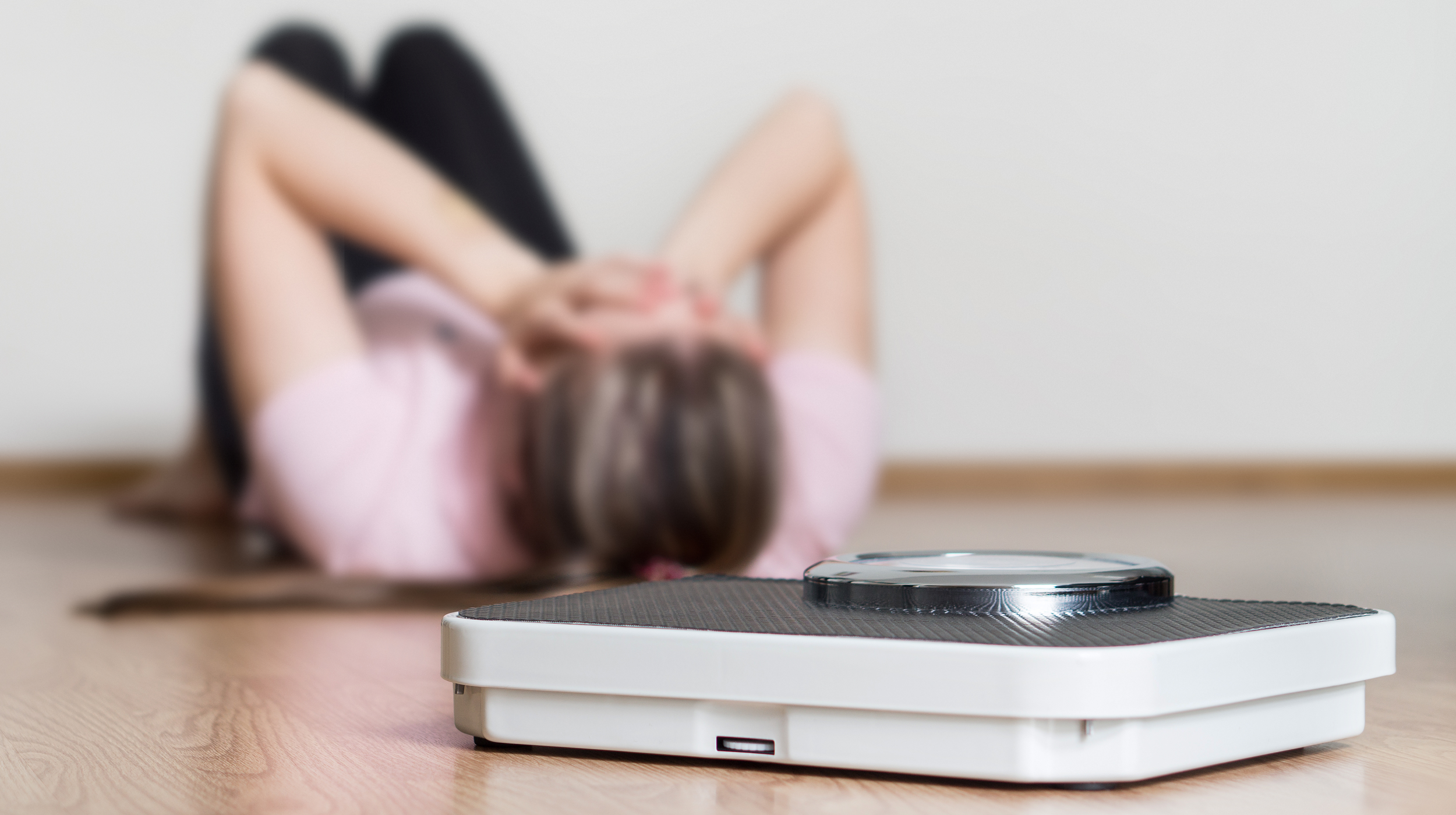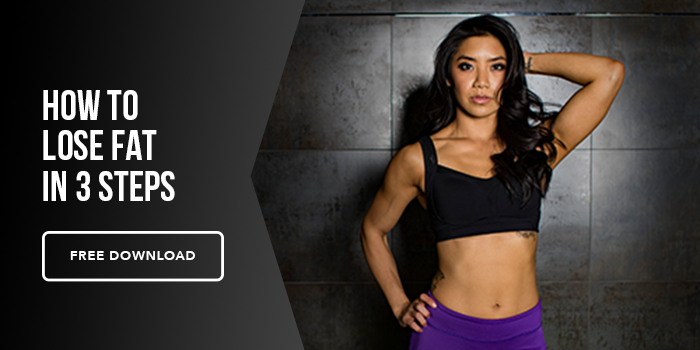When it comes to fitness and health, one of the most mind-numbingly frustrating things that one can experience is the seemingly stubborn ability of the body to NOT want to lose fat. You work out regularly and feel like you have made significant changes to your diet. You may have even seen some preliminary progress early on with your current approach, but now you are at a standstill. Nothing is happening even though you are spending time working out and you are trying to eat better.
This totally sucks but it’s also common. I have had quite a few clients come to hire me who were in this EXACT same predicament. All of them were massively frustrated with their stalled fat loss. The interesting part was that all of them (and likely you) responded extremely well to a few of the same minor changes to their diets and workout routines. Although everyone is different with a unique set of circumstances, most of you reading this article with fat loss that has come to a grinding halt will do well if you simply apply the following three steps.
Step 1: Track your food
When people are asked to estimate how many calories they eat in a given day they ALWAYS grossly underestimate. Nutrition scientists have spent a lot of money and put a lot of time into figuring out the magnitude of reporting errors in dietary studies. They find that the average person UNDER reports their calories by an average of 30 percent. This is the difference between 2000 calories and 2600 calories. This is a HUGE difference. To put it into perspective, you would need to do roughly 1-2 hours of cardio to burn that many calories.
Since fat loss can only happen in a calorie deficit, you are simply eating too many calories to lose fat. Although long term fat loss is far more complex than simply counting calories, you cannot get around this rule of physics. If you are consuming the same number of calories as you are burning nothing will happen. Your body has no reason to burn your stored energy (body fat) if it is getting enough energy in the form of food.
Track your food for a full week of NORMAL eating. Eat as you have been since your progress stalled and use a free food tracking app to add up all the calories from the food you eat (don’t forget calories from drinks too). At the end of the week, average it out per day. Odds are you will be shocked that you are eating more than you thought. Or you may have had no idea at all to begin with, but now you know. Now all you need to do is cut your calories by around 300-800 per day and the weight loss will start right back up.
Step 2: Avoid Heavily Processed foods
Your biggest enemy when it comes to fat loss is your cravings or appetite. Eating less calories than you burn means your body has to tap into its stored energy (body fat). This usually leads to an increase in appetite. Using willpower and ignoring your cravings can work in the short term, but if this feeling is strong enough or lasts long enough most people eventually cave in.
The most effective strategy I have ever employed with my clients to help them manage their appetites was to avoid foods that STRONGLY encourage them to eat more. Namely, heavily processed foods.
These are foods that are typically found in wrappers, boxes or are frozen and easily microwaved to be consumed. The vast majority of the research and development money that goes into designing these foods goes into making them as hedonistically enjoyable as possible. These foods are designed to make you eat more and we now have studies that show just how effective they are. A recent, well-controlled study showed that people who had access to highly processed foods ate, on average, 500 MORE calories than people who only had access to minimally processed whole foods.
This echoes my experience as a personal trainer. Oftentimes, simply getting clients to avoid heavily processed foods resulted in far fewer calories consumed each day which turned into fat loss. Avoid heavily processed foods and eating the right amount will become much easier.
Step 3: Increase Your Activity
You may be working out 3-4 days a week, but believe it or not, you may still be considered sedentary. Consider your WHOLE day. If you drive to work, sit in an office chair for 8-10 hours, drive home, eat dinner and sit on the couch, a one-hour workout barely makes a dent in your total activity level. This became massively apparent to me when I first had my clients wear calorie estimating step counting devices. I would notice that many of them burned more calories on the weekends when they didn’t work out than during the week when they had scheduled workouts. This was because their weekends were filled with household chores, or shopping and walking at the mall, or doing outdoor activities.
Current studies show that the average American takes a measly 3,000-5,000 steps a day. Go outside for a leisurely hour long walk and you will hit right in that range. In other words, the average person walks about an hour in their entire day.
The key is to inject movement into your routine throughout the entire day. Get yourself a step tracker to calculate your daily average steps. Now aim to double them. Do this by taking hourly breaks at work for 10-minute walks. Do this throughout the day and you will burn far more calories, which will make losing fat much easier. Most of my clients who have employed this strategy of adding small amounts of activity every hour averaged between 10,000 and 13,000 steps every single day.






